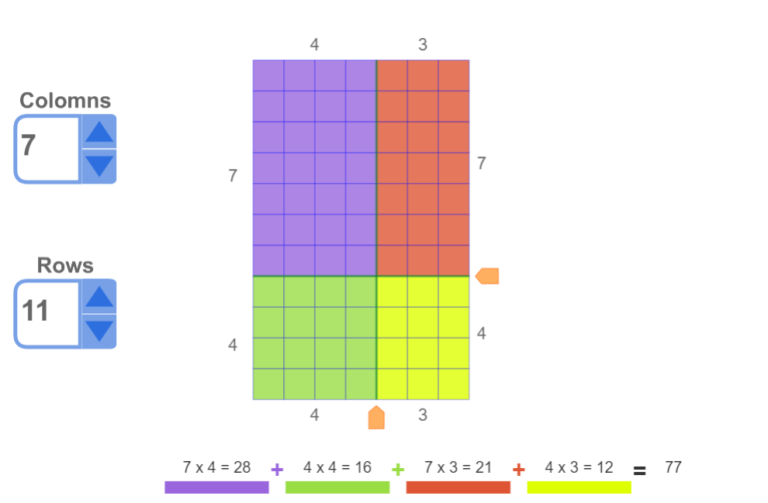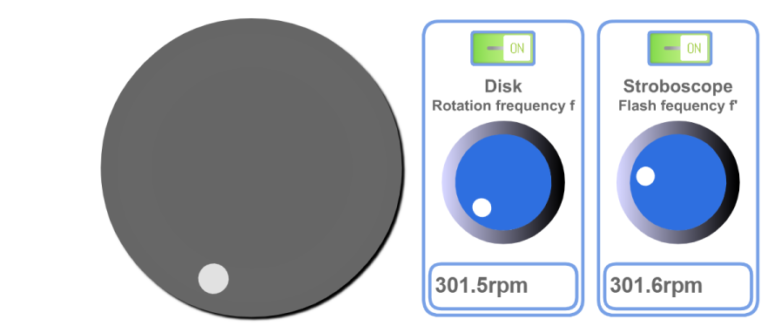Refraction of Light Simulation
Description:
This interactive simulation allows you to explore the refraction of light as it passes from air into a transparent semi-disk. Choose from various materials for the disk and observe how the light bends at the interface.
You can measure angles of incidence and refraction, then apply Snell’s law to calculate the index of refraction for the selected material. This hands-on activity is ideal for practicing optics concepts and reinforcing the mathematical relationship between angle and refractive index in a virtual lab setting.
For more information about this simulation go to: Simulation Manual: Refraction of light.





